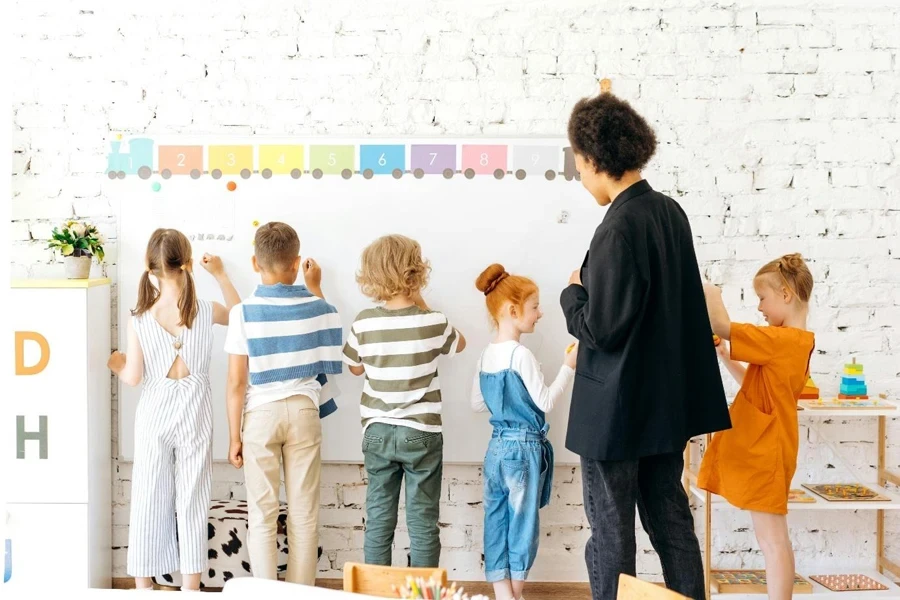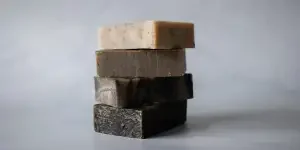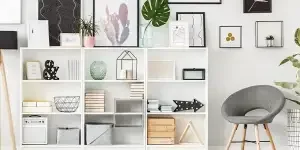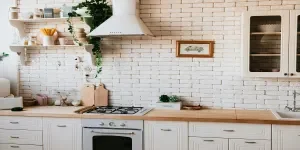Table of Contents
● Introduction
● Market overview
● Different types of whiteboards and their features
● Key considerations when selecting a whiteboard
● Conclusion
Introduction

Whiteboards play a crucial role in workplaces by providing flexible solutions for teamwork and communication across various industries as they adapt to evolving technologies and work settings. These days, it’s crucial to select the right whiteboard due to the expansion of the market and changes in work environments. Understanding the range of surfaces available, from glass and porcelain to more budget-friendly melamine options, can significantly influence productivity. Every type of whiteboard offers distinct advantages suited for various applications, making it important to choose one that meets specific business requirements. In today’s changing market landscape, choosing the ideal whiteboard is key to boosting productivity and maximizing value across professional environments.
Market overview

Market scale and growth
The market for whiteboards is showing growth due to its increasing popularity in schools, businesses, and hybrid work environments. In 2024, it was worth valued at US $2.62 billion. It is projected to grow to US $6.77 billion by 2029 at a growth rate of 2.85%. This expansion is mainly fueled by the growing need for interactive whiteboards, which are now crucial for improving communication and efficiency in both face-to-face and online situations.
Market trends
The trend towards hybrid work setups has sped up the use of technology-infused whiteboards that come with improved functionalities like cloud connection and teamwork capabilities for users, along with seamless syncing with other digital applications. With companies adjusting to these evolving work styles, the whiteboard industry is predicted to witness advancements and growth, with the Asia Pacific region emerging as the rapidly developing market in this field.
Different types of whiteboards and their features

Glass whiteboards
Glass whiteboards are usually built with tempered glass that is 4 to 6 mm thick for extra strength and resistance against impact. The smooth glass surface prevents markers from leaving any stains or shadows after a long use. These frameless boards often have polished edges and rounded corners for safety and a nice look. For magnetic models of these boards, they have a steel sheet layered behind the glass that needs strong rare earth magnets because of the thickness of the glass. Glass whiteboards are perfect for places that need a combination of toughness and a contemporary look due to their characteristics.
Porcelain whiteboards
Porcelain whiteboards are produced by bonding a ceramic layer onto a steel base at elevated temperatures of 800°C. The resulting surface is extremely durable against scratches and stains and resistant to chemical harm. The steel support not only allows for magnetic properties but also enhances the board’s overall strength. Porcelain boards are recognized for their surface, which limits marker ink absorption and eliminates ghosting concerns. These types of boards are typically heavier and may need mounting hardware to keep them securely in place and they are commonly used in places like schools and conference centers.
Painted steel whiteboards
Whiteboards made of painted steel have a steel core covered with a layer of white enamel that serves as the writing surface. The thickness of the enamel coat may vary, impacting the board’s durability against wear and stains. Several premium models are enhanced with clean technology to seal the surface at a microscopic level. This helps reduce ghosting and simplifies cleaning the board.
Melamine whiteboards
Melamine boards are crafted from a paper layer infused with resin, that is then laminated onto a base material, like MDF or particleboard. These boards have a magnetic surface that tends to wear out faster due to their porous quality. Regular use over time can result in ghosting and surface deterioration, particularly when the board isn’t cleaned often. While melamine boards are lightweight and simple to set up, they are most suitable for settings where they won’t be used frequently. Their affordability comes from the materials used to create them; however, they may not withstand rigorous use over time.
Key considerations when selecting a whiteboard

Durability
When choosing a whiteboard for high-use areas, like offices or classrooms, it’s important to pay attention to its durability factor. Glass whiteboards are known for their toughness as they are usually crafted from toughened glass that is 4 to 6 mm thick, which makes them resistant to scratches and stains. These boards stay clean and free from marks after prolonged use because of the absorbent properties of glass. As for porcelain whiteboards, they’re created by firing a ceramic layer onto a steel base at high temperatures above 800°C. This method results in a surface that’s magnetic and can withstand scratches and chemical wear effectively. Therefore, these boards are durable for use in challenging environments like classrooms and meeting rooms. They often come with warranties lasting up to 25 years.
Magnetic vs. non-magnetic
When choosing between non-magnetic and magnetic whiteboards, the type of material used is key. Magnetic whiteboards, like those crafted from porcelain or painted steel, have a steel backing that supports magnet attachment. This feature is especially useful in group environments where papers, graphs, or notes are often displayed next to written content. The strength of the attraction varies based on the thickness and quality of the steel employed. Whiteboards that are not magnetic, like glass or melamine, may lack this feature but are better in aspects like having a clear writing surface and being easy to clean. Glass boards need rare earth magnets if required since the tempered glass is thicker.
Maintenance
The upkeep needed for a whiteboard depends largely on the material of its surface. High-quality glass whiteboards need less maintenance because their sleek and non-absorbent surface prevents ink from seeping in and causing ghost marks. You can usually keep these boards clean with a microfiber cloth and regular whiteboard cleaner; there’s no need for vigorous scrubbing or special cleaning agents. Porcelain boards are also stain-resistant but might need thorough cleaning in places where permanent markers are heavily used. Cheaper alternatives, like melamine boards, need to be taken care of often because their porous surface tends to soak up ink easily and can result in ghost marks and stains over time. It’s important to use a specialized whiteboard cleaner regularly to maintain these boards in top shape.
Aesthetics and space
The selection of a whiteboard can greatly influence the look and feel of a workspace setting. Glass whiteboards present a contemporary style, with options for frameless designs and an array of colors that can be customized using back painting techniques. These boards use iron glass to provide visibility and accurate color rendering, which adds a trendy touch to modern office environments. On the other hand, porcelain boards offer a classic vibe and can be framed in various materials, like aluminum or wood, to complement the room’s decor. Steel boards with a painted finish offer an appearance but they come in various designs that are suitable for professional or educational settings. When selecting the right board, it’s important to think about the size and how it will be mounted—whether it will hang from the wall or be mobile—taking into account the space and how it will be used.
Budget
When considering budget concerns for a whiteboard purchase, the decision-making process entails weighing the price against its value over time. Melamine boards are an affordable choice at first glance but could necessitate replacement in a few years due to surface wear and ghosting issues. Opting for painted steel boards presents a middle-ground alternative by balancing cost and longevity, particularly when treated with coatings such as nano clean technology to extend their life span. Glass and ceramic boards may require a huge investment but can lead to substantial cost savings in the long run because of their durability and minimal upkeep needs. Furthermore, glass boards usually include a lifetime warranty for the surface, which helps justify the expense for individuals looking for a long lasting option.
Conclusion

Picking the right whiteboard is a choice that depends on grasping the unique requirements of the setting it will be used in, how often it will be used, and the budget available. Examining factors such as durability levels needed and maintenance demands along with the functionality of each type of whiteboard allows businesses to make an investment in a solution that not only meets their current needs but also remains reliable over time. Making a good decision ensures that the chosen whiteboard effectively facilitates collaboration and communication in any environment.



